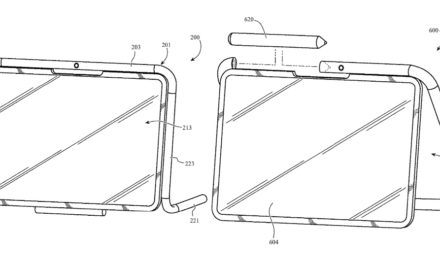Semi-autonomous features like adaptive cruise control (ACC) and traffic jam assist (TJA) represent early real-world tests for human-machine interaction (HMI). At their best, when operated correctly in proper conditions, ACC and TJA completely control all acceleration, braking, and steering, removing some of the cognitive load from the driver. From an HMI perspective, this presents the challenge of how to convey control and status information on a number of different subsystems, in an immediately clear and meaningful way to users.
A new expert evaluation of ACC and TJA implementations in 2015 model year vehicles by the Automotive Consumer Insights group (ACI) at Strategy Analytics (www.strategyanalytics.com), found that the current offering of semi-autonomous driving systems lacked refined HMIs.
“Current TJA and ACC systems do not reliably inform the driver when any driving assistant has been deactivated. As currently implemented, certain drive-critical features of semi-autonomous systems (e.g. lane keeping) do not always provide adequate notification that they have shut down,” says Derick Viita, report author and senior analyst. “In some cases, the only way a driver can tell that a system’s state has changed is by viewing a subtle change in an icon on the instrument cluster and this is not optimal for drive-critical systems.”
The requirement in some vehicles that the driver intervene after being stopped for more than four seconds is unclear. In traffic jam scenarios, automated driving is suspended after this time in a dead stop. Drivers can resume this feature by pressing a button or the accelerator pedal. While the intent is to keep the driver in the loop, this suspension and the procedure for resuming automated driving are unclear to first-time users, says Viita.
Chris Schreiner, director, User Experience Innovation Practice, Strategy Analytics adds: “Among consumers there is still a high level of distrust in semi-autonomous driving systems. OEMs need to work to overcome this fear. The most successfully implemented semi-automated driving assistant will take the driver into full account, and provide a holistic experience that matches real-world use. A clear and elegant HMI can help an OEM [original equipment manufacturer] achieve this goal.”



